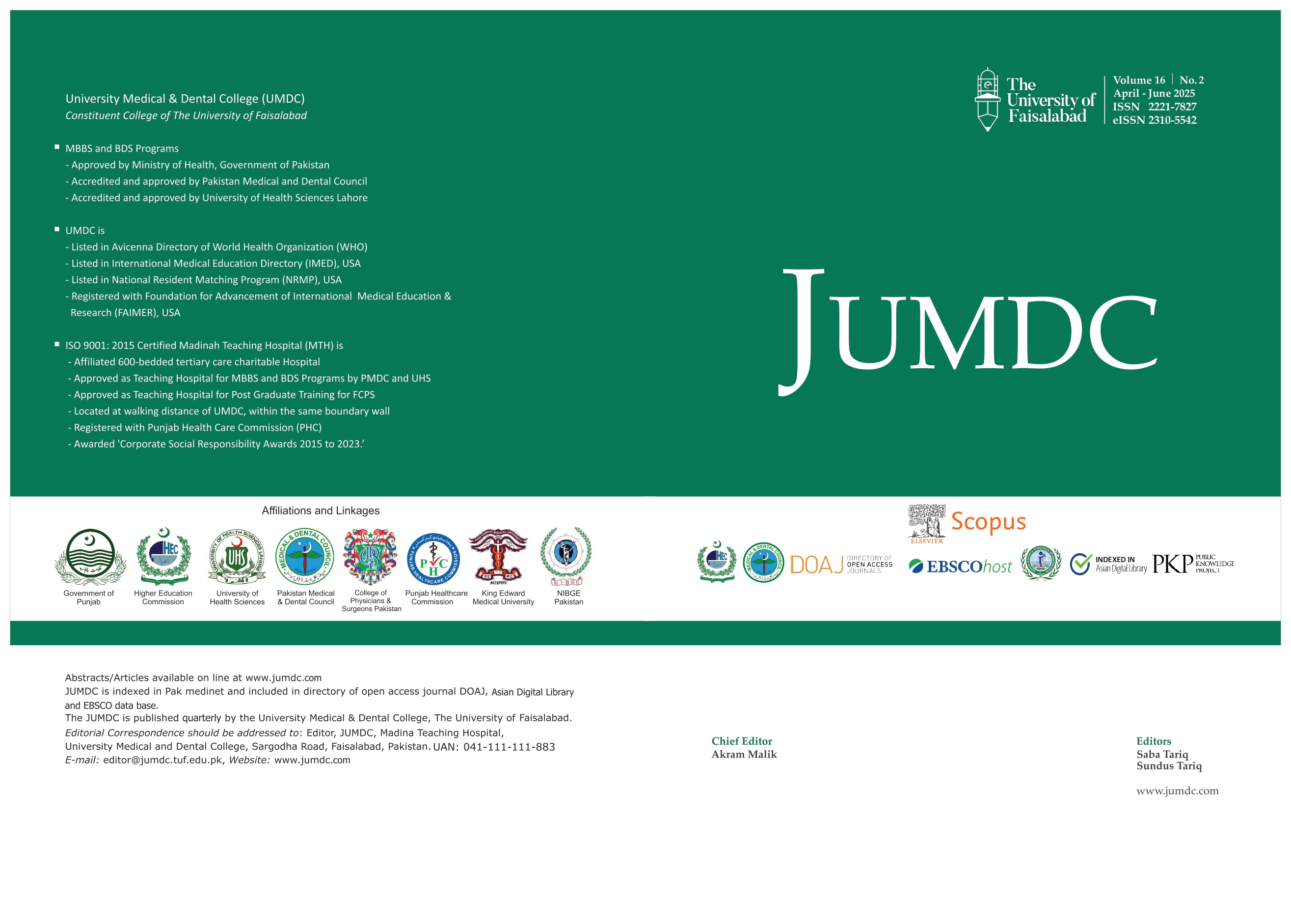The obstructed hernia dilemma: lichtenstein or darn? a comprehensive comparison lichtenstein vs darn repair
Lichtenstien vs. darn in hernia repair
Abstract
BACKGROUND& OBJECTIVES: Inguinal hernia, representing approximately 75% of all abdominal wall hernias, poses a substantial surgical burden, affecting millions worldwide. Males bear a significantly higher lifetime risk than females. The primary aim of this study was to compare Lichtenstein repair and Darn repair techniques in managing obstructed inguinal hernias, evaluating the incidence of wound infection, seroma formation, post-operative pain duration, and hernia recurrence for each repair method.
METHODOLOGY:A total of 40 patients (20 in each group) were selected. Group 1 contained the patients undergoing Lichtenstein repair, and Group 2 contained those undergoing Darn repair. Data was analyzed using SPSS version 25. Data for wound infection, seroma, andpost-op pain were described using frequency, and similarity amongst groups was made using chi-square and Fisher exact test
RESULTS: Forty subjects were randomly divided into Lichtenstein repair and Darn repair groups. The mean age in the Lichtenstein repair group was higher than in the Darn repair group. Seroma formation occurred in 15% of patients in both groups. Post-operative wound infection showed variations over time, while recurrence rates remained similar between the groups.
CONCLUSION: This study provides valuable insights into managing obstructed inguinal hernias, suggesting that Lichtenstein mesh repair may be a viable option for this condition. Future studies should further investigate the role of mesh repair in emergency hernia cases, potentially reshaping current surgical paradigms.
Copyright (c) 2025 Journal of University Medical & Dental College

This work is licensed under a Creative Commons Attribution 4.0 International License.

This work is licensed under a Creative Commons Attribution 4.0 International License.





















